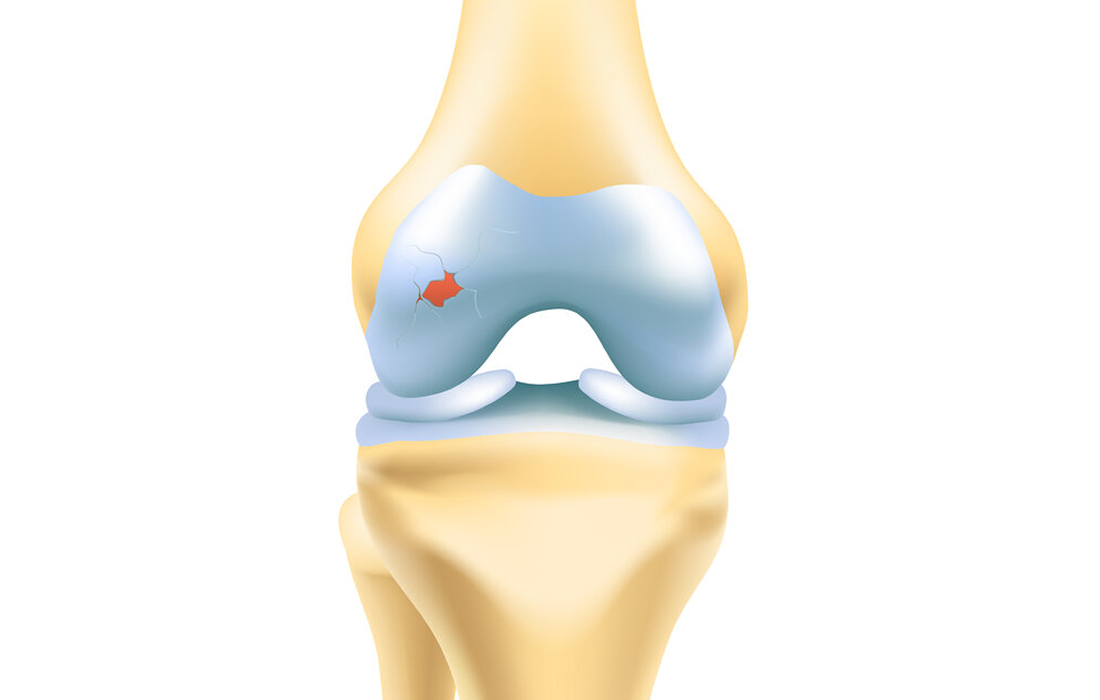Regenerative Medicine News and General Information
Piezoelectricity is the Secret to Successfully Regrowing Robust, Functional Cartilage in Mammalian Joints
Arthritis is a common and painful disease caused by damage to our joints. Normally pads of cartilage cushion those spots. But injuries or age can wear it away. As cartilage deteriorates, bone begins to hit bone, and everyday activities like walking become terribly painful.
The best treatments available try to replace the damaged cartilage with a healthy piece taken from elsewhere in the body or a donor. But healthy cartilage is in limited supply. If it’s your own, transplanting it could injure the place it was taken from; if it’s from someone else, your immune system is likely to reject it.
The best possible treatment would be to regrow healthy cartilage in the damaged joint itself. Some researchers have tried amplifying chemical growth factors to induce the body to grow cartilage on its own; other attempts rely on a bioengineered scaffold to give the body a template for the fresh tissue. But neither of these approaches works, even in combination.
Bioengineers successfully regrow cartilage in a rabbit’s knee, a promising hop toward healing joints in humans
UConn bioengineer Thanh Nguyen, and his team designed a tissue scaffold made out of nanofibers of poly-L lactic acid (PLLA), a biodegradable polymer often used to stitch up surgical wounds. The nanomaterial has a neat property called piezo-electricity. When it is squeezed, it produces a little burst of electrical current. The regular movement of a joint, such as a person walking, can cause the PLLA scaffold to generate a weak but steady electrical field that encourages cells to colonize it and grow into cartilage.
The team recently tested the scaffold in the knee of an injured rabbit. The rabbit was allowed to hop on a treadmill to exercise after the scaffold was implanted, and just as predicted, the cartilage grew back normally.
Piezoelectricity is a phenomenon that also exists in the human body. Bone, cartilage, collagen, DNA and various proteins have a piezoelectric response. This approach to healing cartilage is highly clinically translational, and we will look into the related healing mechanism.
This is a fascinating result, but it is necessary to test this in a larger animal, and do larger studies and clinical trials to establish the effectiveness and safety of this new method.
SOURCE:
Yang Liu, Godwin Dzidotor, Thinh T. Le, Tra Vinikoor, Kristin Morgan, Eli J. Curry, Ritopa Das, Aneesah McClinton, Ellen Eisenberg, Lorraine N. Apuzzo, Khanh T. M. Tran, Pooja Prasad, Tyler J. Flanagan, Seok-Woo Lee, Ho-Man Kan, Meysam T. Chorsi, Kevin W. H. Lo, Cato T. Laurencin, Thanh D. Nguyen. Exercise-induced piezoelectric stimulation for cartilage regeneration in rabbits. Science Translational Medicine, 2022; 14 (627) DOI: 10.1126/scitranslmed.abi7282

